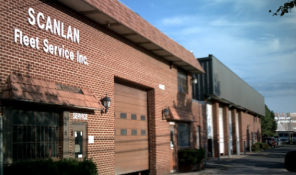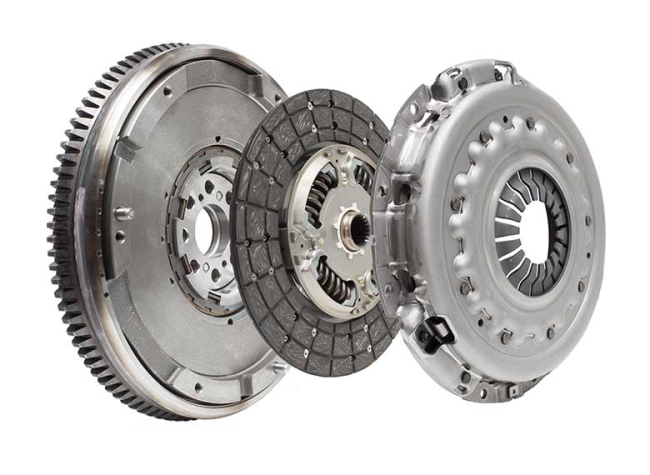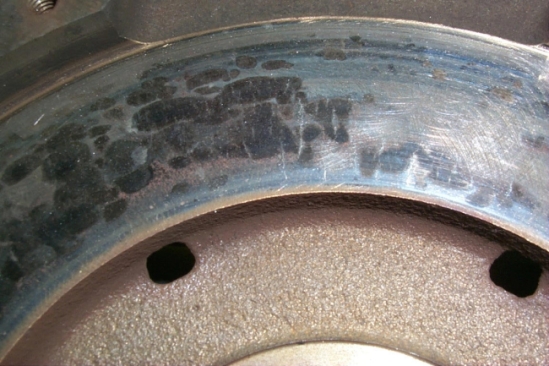

Is a flywheel and pressure plate the same thing?
The clutch pressure plate is a spring-loaded metal plate that spins with the flywheel and applies pressure to clamp the clutch disk firmly between itself and the flywheel. When the clutch is engaged, springs in the pressure plate force the clutch disk against the flywheel.
What is a Clutch?
A manual transmission “clutch” comprises three main parts positioned between the engine’s flywheel and the transmission input shaft. As clutch parts engage, they allow smooth coupling of the drivetrain as the clutch disk and flywheel merge to transfer driving force to the wheels. They can clamp firmly together, disconnect entirely, or allow for a controlled amount of “slip” so that a vehicle can begin moving forward or backward at a rate you control.
Clutch
A clutch disc is a rotating circular metal plate splined to the transmission input shaft covered with friction material on both sides. The disk is located between the engine flywheel and the clutch pressure plate and is clamped tightly between these two members when the clutch is engaged. Clutch discs are also known as friction disks.
Pressure Plate
The clutch pressure plate is a spring-loaded metal plate that spins with the flywheel and applies pressure to clamp the clutch disk firmly between itself and the flywheel. When the clutch is engaged, springs in the pressure plate force the clutch disc against the flywheel.
Throwout Bearing (Clutch Release Bearing)
A throwout bearing (or “clutch release bearing”) is the component that is the connection between the clutch linkage and the pressure plate. When the driver depresses the clutch, this bearing pulls the pressure plate and clutch disk away from the flywheel to disconnect the engine from the drivetrain; when the driver releases the clutch pedal, it allows the springs to push everything back together and the clutch is engaged. The throwout bearing does wear and, in extreme cases, will squeal when the clutch pedal is depressed.

When Clutch Components Wear
By nature of what clutch disks do, their friction material is under constant wear during the normal process of depressing and releasing the clutch. Naturally, a clutch disk needs replacement as a worn item. However, it’s also important to note that problems with other clutch components can lead to uneven wear on the clutch disk, which in turn causes wear on these different components.
The flywheel, typically not considered part of the clutch assembly, can be subject to wear or overheating. So, even if another clutch component is the source of a problem, replacing or resurfacing the flywheel is often necessary.
The flywheel can warp from the excessive heat caused by a weak pressure plate, which, in turn, causes the clutch to slip against the flywheel.
